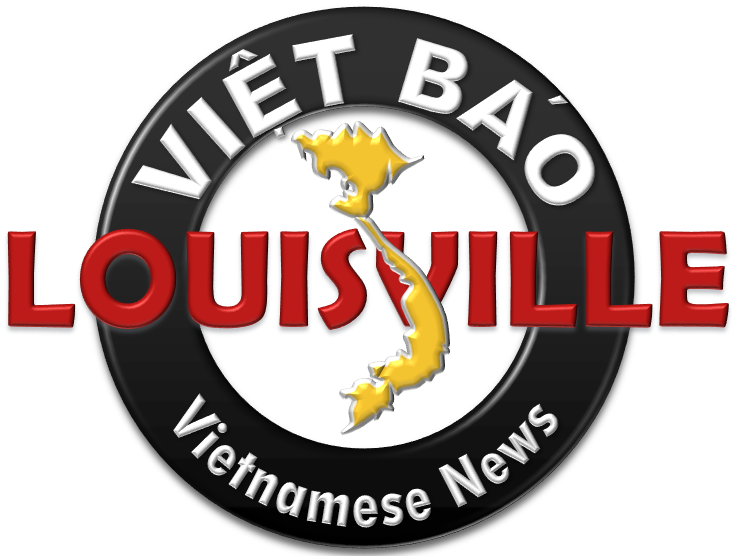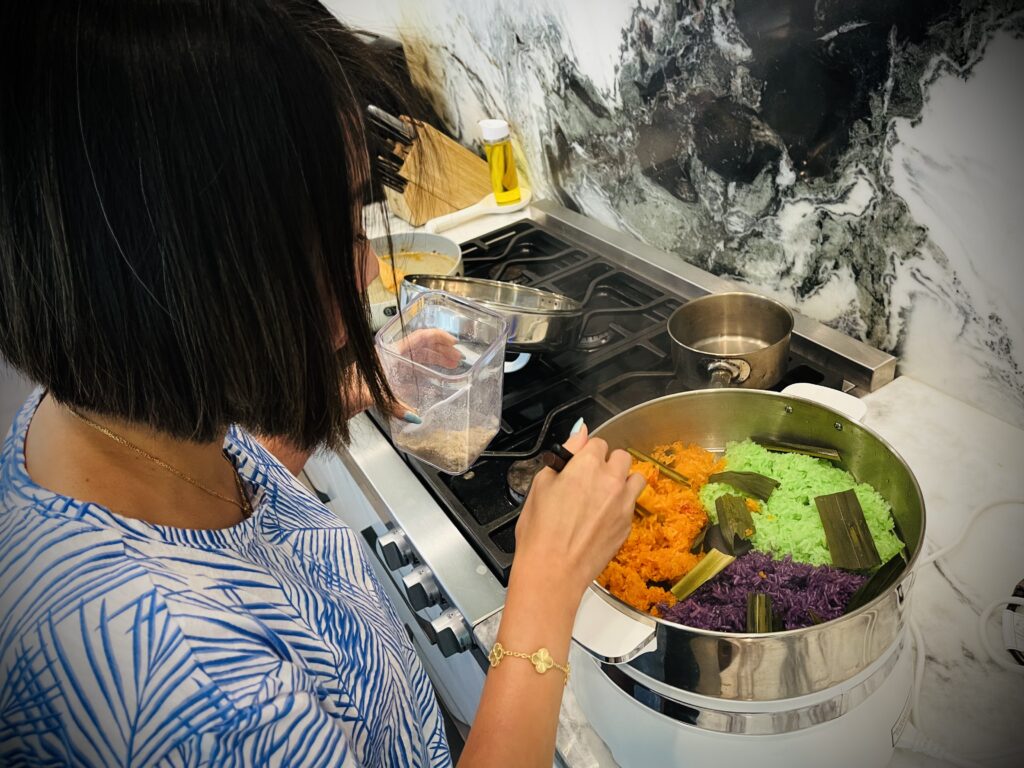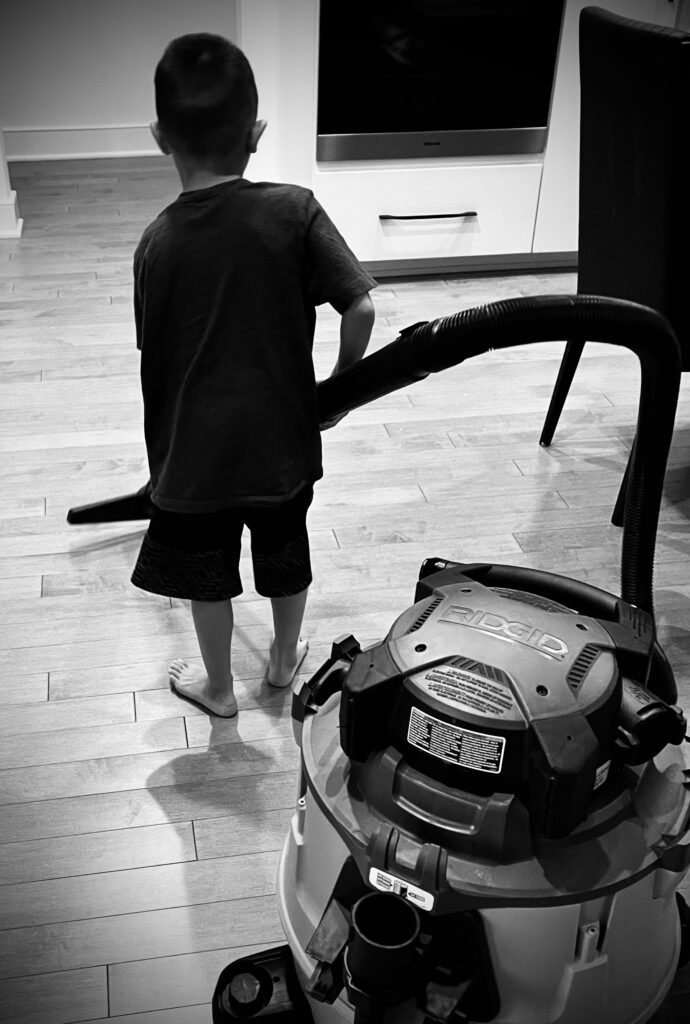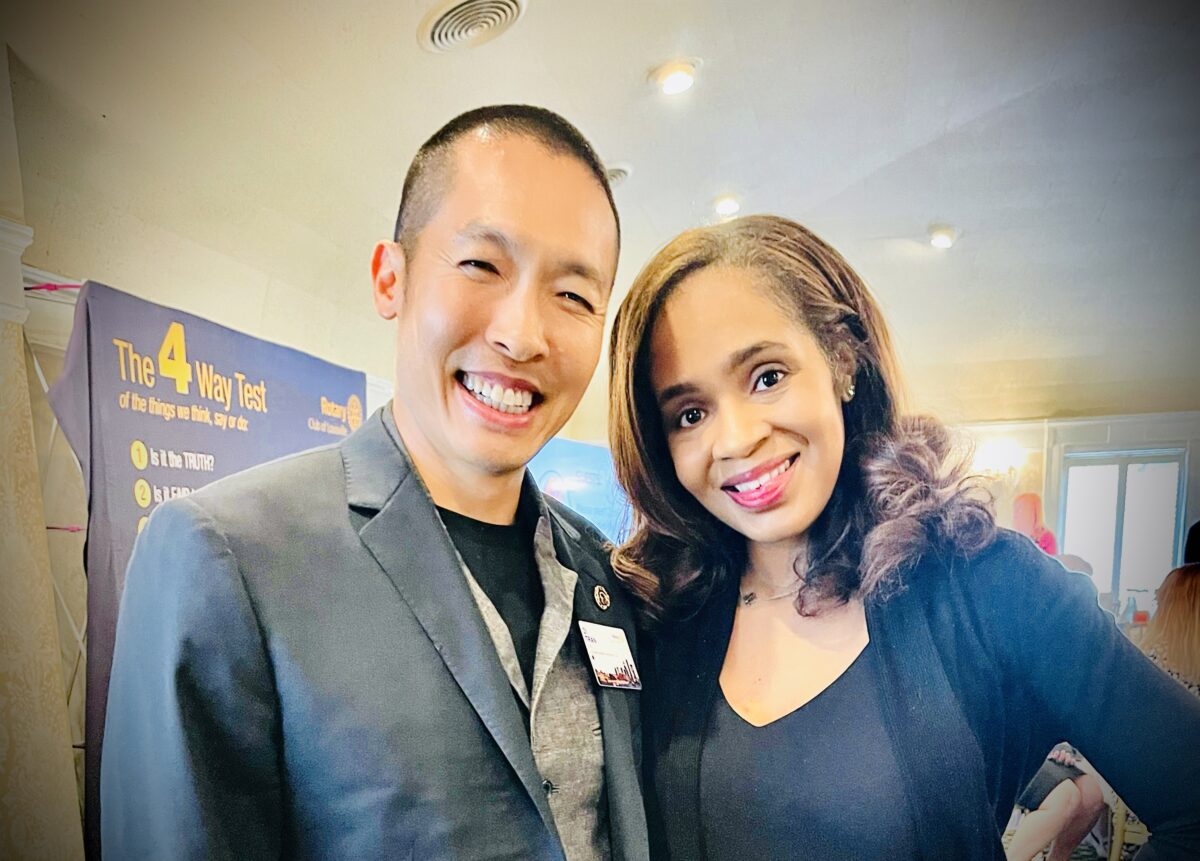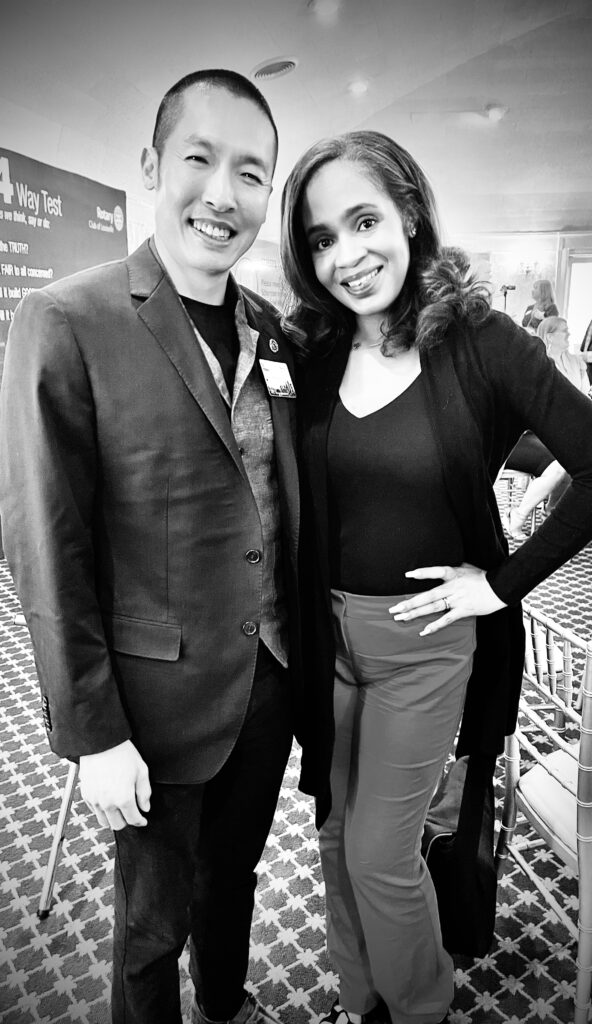By Di Tran, author of “Drop the FEAR and focus on the FAITH”
Fear is a curious entity. It doesn’t stem from a tangible source or a distinct occurrence. Instead, it arises from nowhere, from nothing, a phantom bred in the labyrinth of our mind. Accumulated knowledge and years of experience are often responsible for concocting this ghost. The more we learn, the more fodder we provide to our mind to logically weave fears that seem plausible and, often, overwhelmingly real. But it’s crucial to remember, fear, while seeming authentic, is a mental construct.
How do we then combat this intangible adversary? The answer lies in a simple, four-letter word – faith.
Transcending Fear through Faith
Faith, in its purest form, is the antidote to fear. It is the ability to believe, even when the odds seem stacked against us. Faith gives us the courage to step into the unknown, to conquer the mountains of uncertainties, and above all, to trust that the future holds good for us. It provides us with the conviction that the universe is not conspiring against us, but is instead aligning in our favor, if only we maintain the courage to keep walking ahead.

Unlearning to Learn: An Essential Step
In our quest to dispel fear, it’s necessary to unlearn some of what we have gathered over the years. We must scrutinize our learned patterns, especially the ones that hold negativity, that fuel our fears.
Recognizing and acknowledging these patterns is the first step. We need to accept that we have, indeed, seen, remembered, and maybe even cultivated these negative elements in our lives. Upon this recognition, we then need to agree, truly and sincerely, that we don’t need them.
This process isn’t about forgetting or denying the negative experiences or knowledge. Instead, it’s about consciously deciding to unburden ourselves from these unneeded aspects, to make room for positivity and opportunity.
Creating Space for New Possibilities
By unlearning and letting go of the negative, we create space. Space in our minds for possibility, for learning anew, for opening ourselves to fresh experiences and opportunities. This open space becomes a fertile ground for positivity to bloom, letting us rebuild our mindset and our lives on a foundation of optimism and strength.
The Power of Action and Constancy
In this transformative journey from fear to faith, the most substantial part is to act. Fear can paralyze, holding us in a grip of inaction. The antidote to this is to keep moving, to stay busy in the pursuit of a positive and higher goal.
It’s not enough to merely think or desire; we must step forward, take tangible steps towards our dreams. And in this journey, constancy is key. We must keep the faith, keep believing, keep striving, and keep moving.
We must trust in a higher power, in the goals that stem from deep within us, and in the divine infinity of the universe.
Our fears might be logical constructs, but so are our hopes, our dreams, and our faith. As we navigate through the labyrinth of life, let us choose to light our path with faith, not shadow it with fear. As the author of our life story, we hold the power to pen a narrative of courage, resilience, and hope, if we simply dare to drop the fear and focus on the faith.
